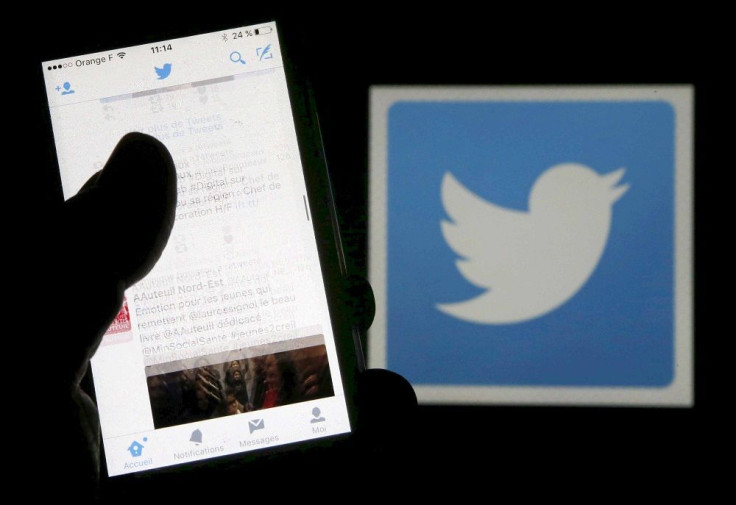A friend’s trust: The ‘X’ factor that compels the sharing of good content

Peer agreement. The water cooler effect. The power of friendship. The principle underlying these supposedly new influences that determine the kind of content that will flash across our laptop and mobile screens is so obvious that one can almost question why the experts analysing the evolution of the internet are just realising it now.
Take a look at “ Human content filtering in Twitter: the influence of metadata ,” a study by Martin Chorley, Gualterio Colombo, Stuart Allen and Roger Whittaker, published in The International Journal of Human-Computer Studies in 2015. It dug deep into the social media site and examined which of the tweets, out of the hundreds of thousands that are posted on it every day, get retweeted and posted to other sites. The authors wanted to examine human behaviour when it comes to choosing content for social media posts. If Mr. X receives hundreds of tweets a day, which ones will he click and read? Which ones will he share? And which ones will he just delete?
The study arrives at two conclusions. First, the most republished content are those that have been highly recommended by friends. Second, next to them are those that have received glowing remarks from other users. If the conclusions of this study were applied to Facebook, Mr. X would be sharing posts that come from friends he considers close, and possibly not just in the online sense. He would also repost those that have gotten thousands of likes.
This online phenomenon can trace its roots back to the offline dynamics that govern friendships and peer pressure. A person is bound to repeat gossip or a news story if a friend tells him about it, and/or if he learns that many other people, regardless of whether they are acquaintances or strangers, are discussing the same topic.
An Agrinews report on marketing to millennials confirms that valued human relationships do have a definite bearing on the online recommendation of content. This, in turn, translates to the purchase of a product that a friend vouched for. The report elaborates on how dairy product consumers post about their experiences with certain brands on social media sites. Their friends, followers, and connections then repost their comments. If the experience is positive, the chances are high that one of those connections will buy from that brand that made the one who made the original post happy.
The one element that is present in all these shared online activities is that precious intangible that is rarely found in online interactions, but which actually takes time to build in the real world: trust. To return to the water cooler example: colleagues who respect each other and know each other fairly well bond during breaks. When one of them shares a story, the others tend to believe its reliability because they trust the source. They will be inclined to repeat it to others without checking up on its accuracy because they “know the guy”, aka the friend who shared the news.
Trust can also go two ways, especially when it comes to news apps which readers click on to for reliable useful news that can improve their lives. The trust factor goes up several notches higher because what is being shared is not simply trivia, but actual solid information that can resolve a workplace issue, close a deal, or buy and sell a stock.
Dom Einhorn, CEO of Born2Invest , shares his experience: “We have a community of 80,000 regular readers who click on our app every single day. They check our app for international and local news which can affect their organizations and business decisions. Many of them run in the same circles, like real estate, investment, technology, health, and telecommunications. If one news item flashes on their apps that they think will help their business partner, they do tend to share it with him, by posting our link on their social media feeds.”
Einhorn says that trust is also the factor that keeps those readers returning to his site and drawing in new users every day. “Our news items are aggregated from the most reputable news agencies all over the world. They cover a whole range of industries based on hundreds of countries,” he says.
“Homegrown journalists located in those countries work on real-time and give the news a localized perspective in order to have a proper context and a more in-depth analysis of what’s happening. Our readers know that the news they are receiving are accurate, objective, thorough, and adhere to the highest standards of journalism,” Einhorn adds.
Trust might well turn out to be the decision-maker when it comes to the future of content. With smartphones enabling the man on the street to send images and file stories to interested news agencies, citizen journalism is getting a push. Tech First reports how many vanguards of journalism are tapping into user-generated content, like raw cellphone images taken by a bystander in a war, to weave into their next articles.
The potential is huge, the foot soldiers of newbie reporters are increasing, and the intensity of the readership would no doubt be heightened. Still, accuracy and reliability would have to come into play – it’s what the online audience would demand. Which stories do we believe? Which do we share with our friends? Amidst all these evolving technological gadgetries, trust remains the one immovable bedrock principle – and when it comes to choice in content sharing, the ultimate arbiter.





















